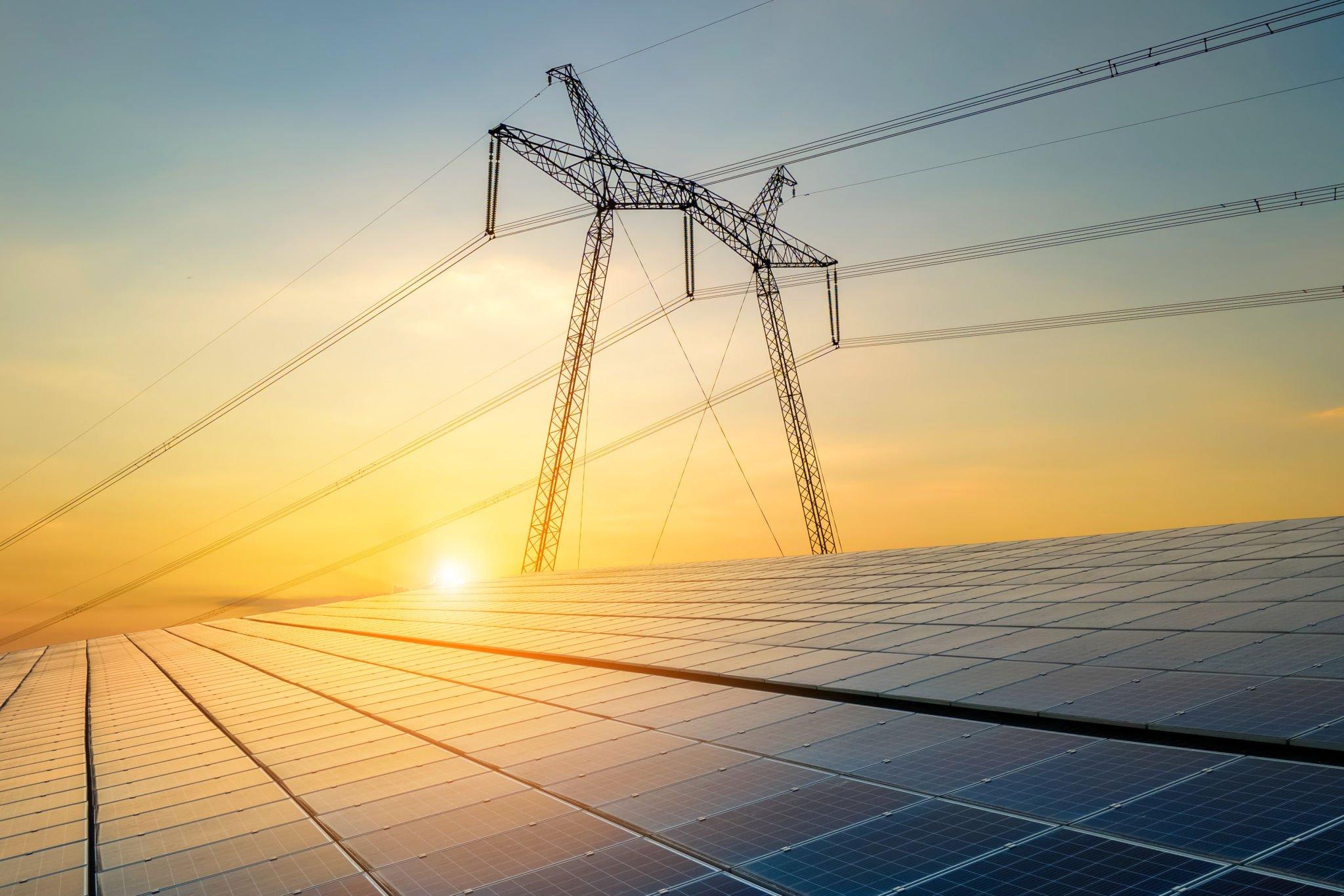Nomura Corporations, as a fintech-based company, invests in crude oil, electricity, and natural gas through various financial instruments such as futures contracts, options, exchange-traded funds (ETFs), and commodity trading funds (CTFs). However, it's important to note that investing in these commodities involves inherent risks due to their volatile nature.

Monitoring
Nomura Corporations analysts closely monitor the market and keep track of any developments or events that can affect the prices of the commodities. This can help the company to make informed decisions and adjust its investment strategy accordingly.
Diversification
The company invest in a diversified portfolio of commodities and not focus solely on one type of commodity. This helps minimize the impact of price fluctuations in any one commodity.
Risk analysis
The company conduct a thorough risk analysis before investing in any commodity. This involves assessing factors such as supply and demand, geopolitical events, weather patterns, and other economic indicators that can impact the prices of the commodities.
Hedging
The company make use of derivatives such as futures and options to hedge against the risk of adverse price movements in the commodities. This can help to mitigate the risk of losses and ensure a more stable return.
Stop-loss orders
The company make use stop-loss orders to limit the losses if the prices of the commodities move against its positions. This can help to reduce the impact of unexpected events and ensure that losses are limited. By adopting these strategies, Nomura Corporations invests in crude oil, electricity, and natural gas with proper risk management. However, it's important to note that there is always a risk associated with any investment, and no strategy can completely eliminate that risk.
Energy trading involves products like crude oil, electricity, natural gas and wind power. Since these commodities often fluctuate abruptly they can be attractive to speculators. Energy trading involves trading the different energy commodities like oil, natural gas, heating oil, gasoline, or even electricity. Energy commodities tend to be quite volatile, making large price swings. They also tend to trend quite well. Both of these characteristics make energy trading the choice for traders who are looking for large profit potential. When adding in the leverage possible with CFDs on energy commodities these are an ideal choice for the aggressive trader.
Energy trading began in 1978 with the first oil futures contract on the New York Mercantile Exchange (NYMEX). During the 1980s and 1990s, the International Petroleum Exchange (IPE) and NYMEX successfully launched futures contracts for oil and gas. These successful futures exchanges survived the Enron et al. energy-trading debacles of recent years and demonstrated their capable financial performance. Today, oil companies and financial houses provide the necessary trading liquidity through market-making on both the established government-regulated futures exchanges and off-exchange energy derivatives markets, which can clear on the futures exchanges. These companies know how to manage their financial energy risks and have the risk-management skills that will be deployed increasingly in the emerging global environmental markets.
Monitoring
Financial risk will be managed on established energy futures exchanges because trading debacles have taught the energy markets that financial performance is fundamentally important. An advantage of trading commodity CFDs such as crude oil with Berkshire is the benefit of trading freely without owning the actual asset. This gives you the flexibility to trade against the price movements without having to buy or sell the actual instrument. If you believe the price will likely go up or down, your profit and loss in trading CFDs is decided and calculated by the difference in the price at which you buy and sell.
What is petroleum
Petroleum, also known as crude oil, is a fossil fuel. It was formed from the remains of plants, algae, and bacteria. During millions of years of extreme heat and density, they were transformed into carbon-rich resources which are the raw material for fuel and other products. Petroleum is a mixture of hydrocarbons and paraffin in some cases and in other aromatics and cycloparaffins. Usually found in deep rock strata but sometimes near the earth’s surface. When it is mined, and refined, hundreds of petrochemicals are made into many different products. Crude petroleum is made of approximately 80% carbon compounds, and a combination of hydrogen, nitrogen, oxygen, and sulfur.
What Influences the Oil Market Price
Oil prices change daily and are determined by traders who bid on oil futures contracts. This contract is an agreement that gives traders the right to purchase oil at a set price based on the projection made. Both the buyer and seller set a delivery date in the future at the set price.


